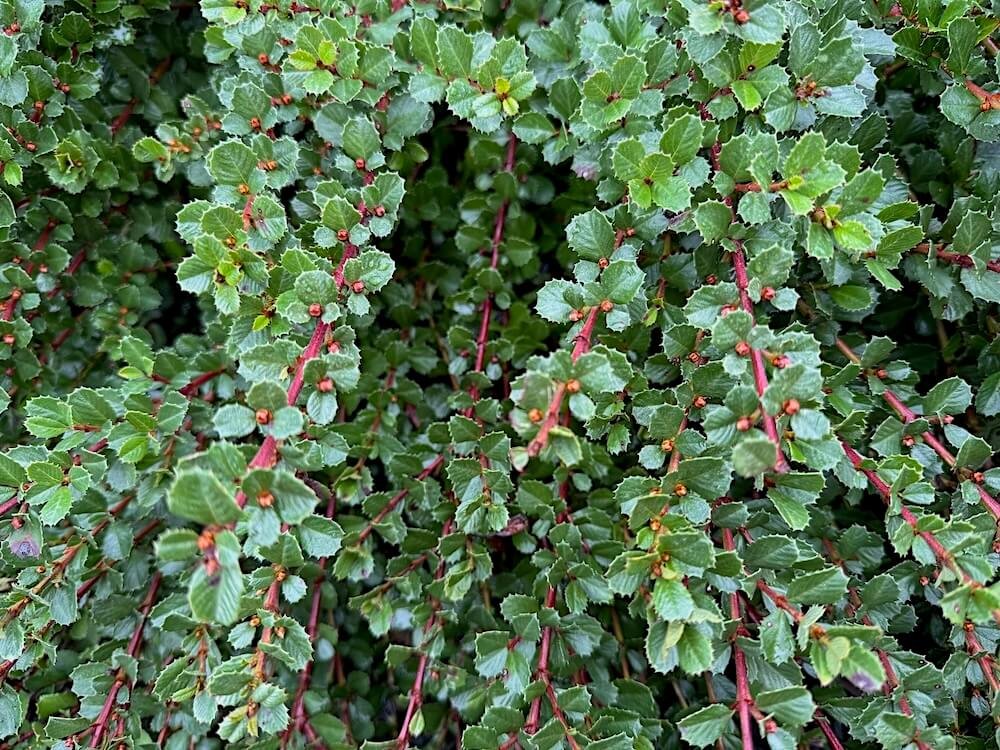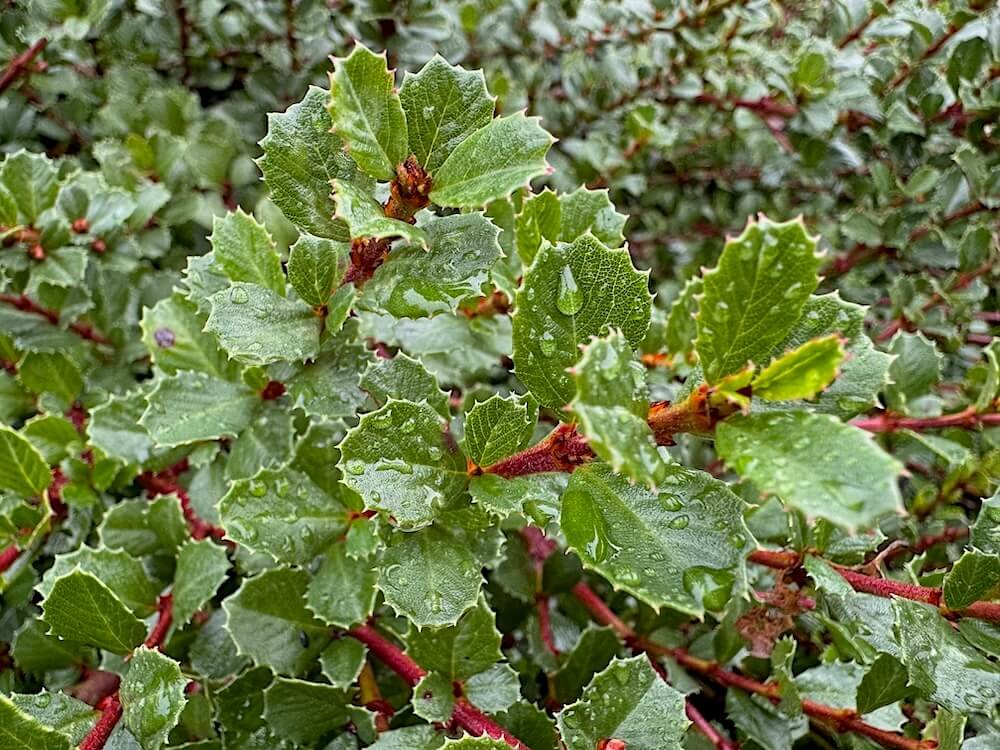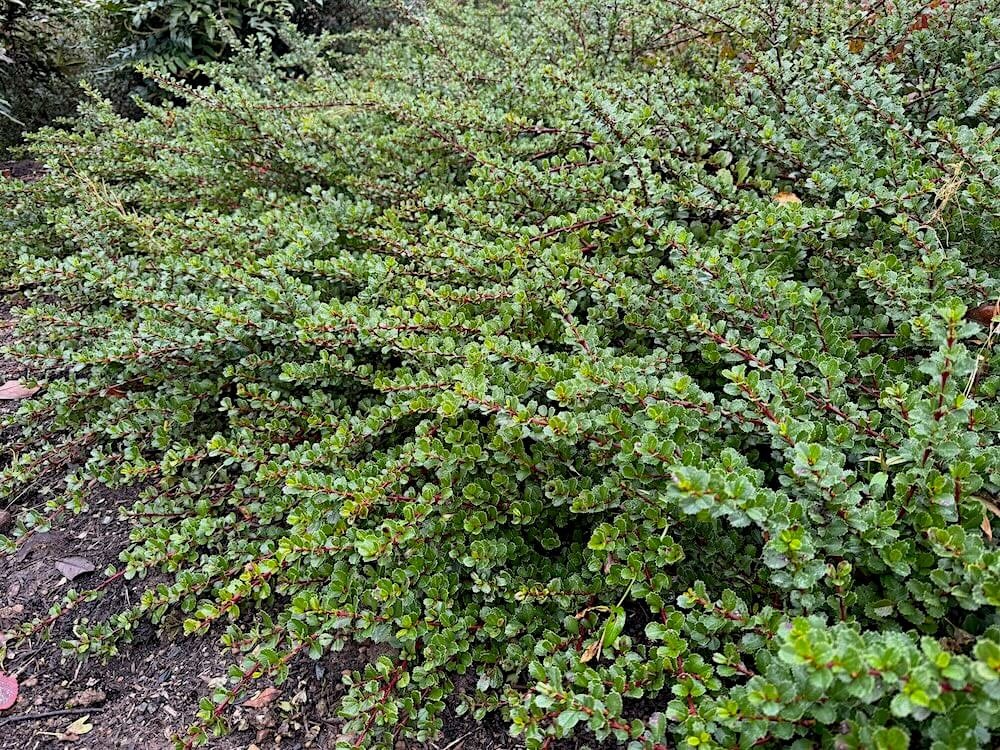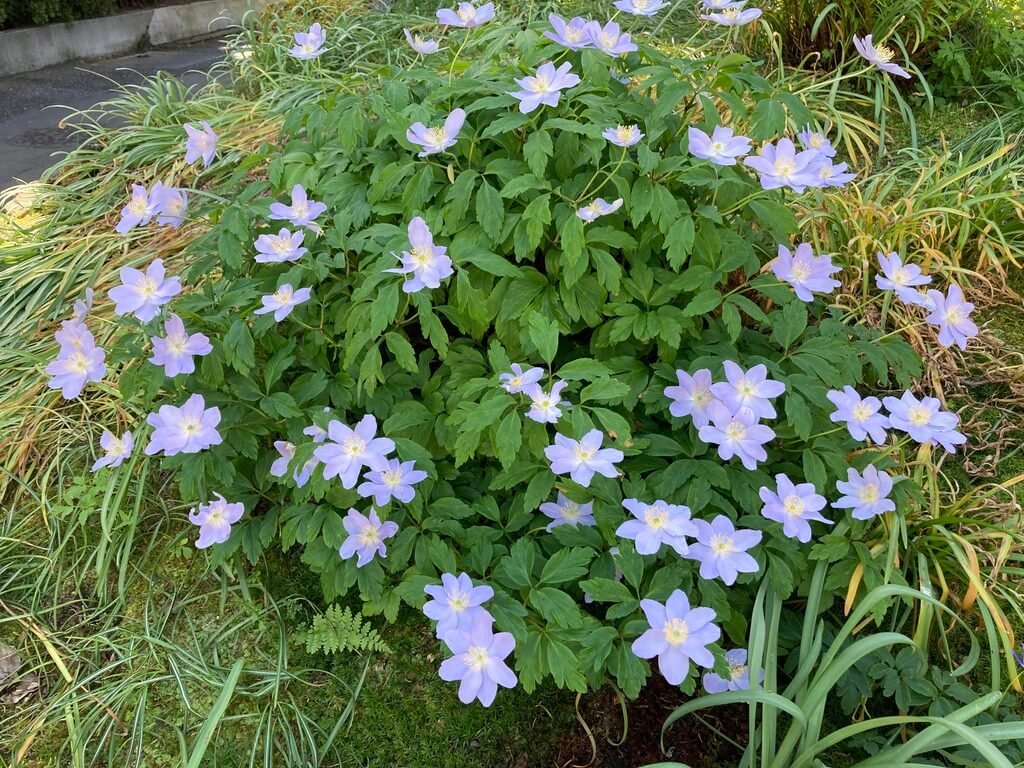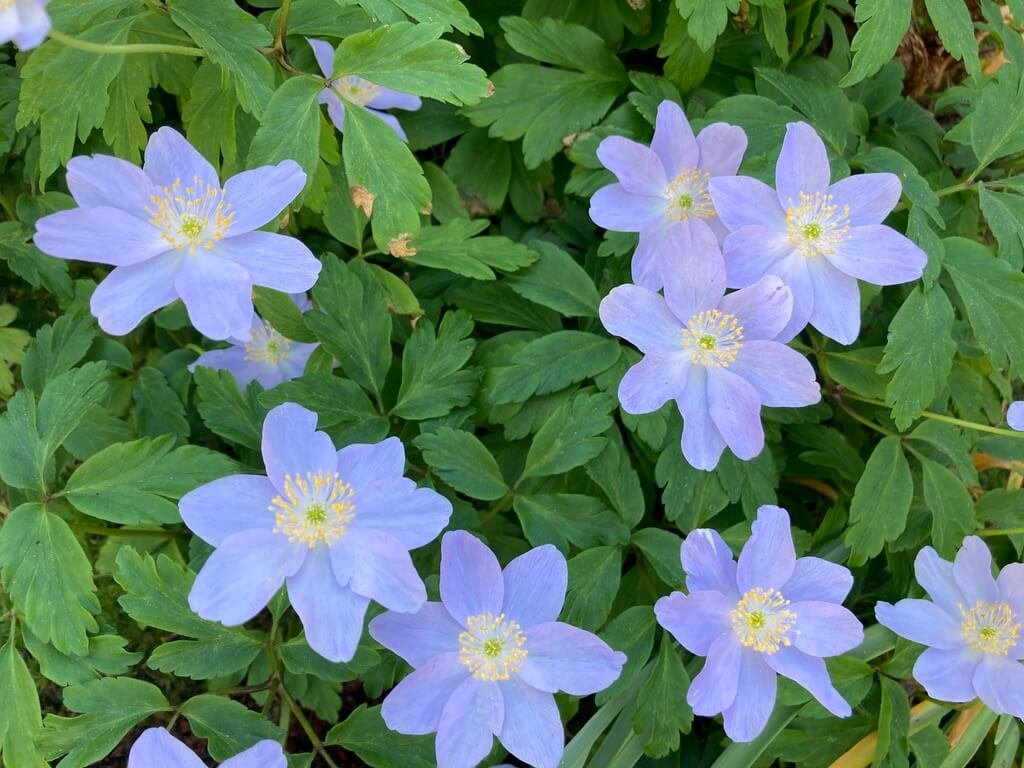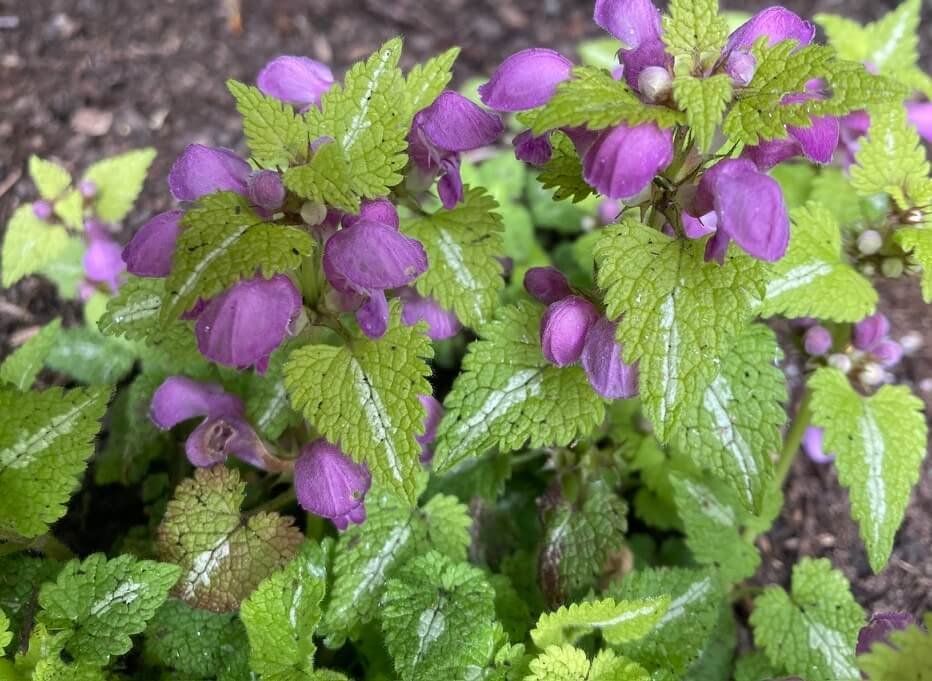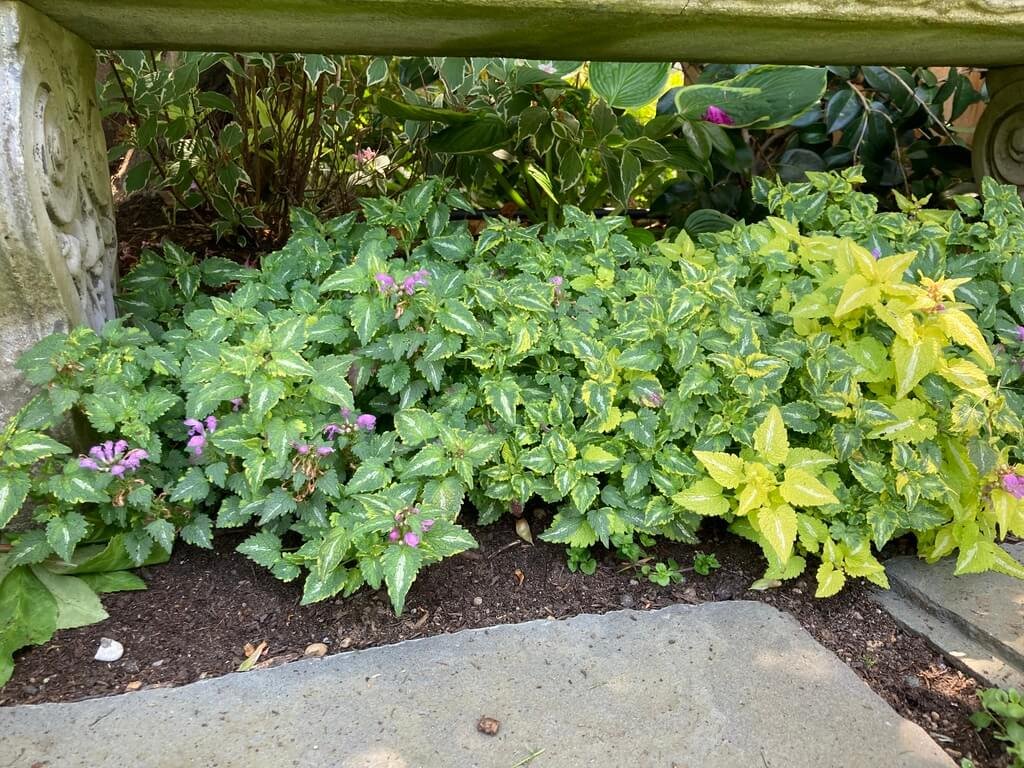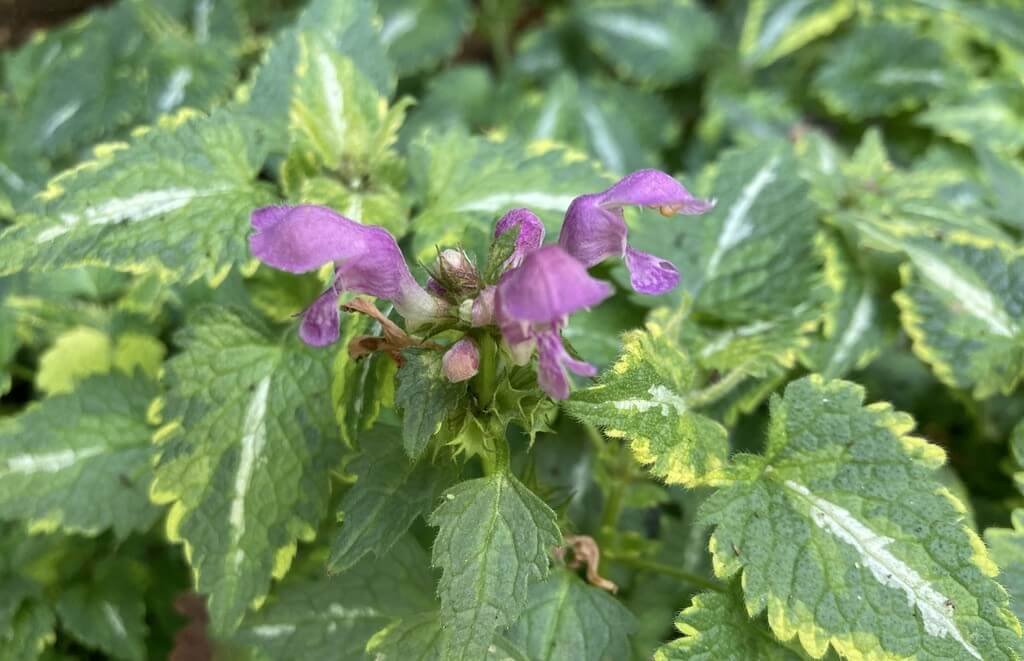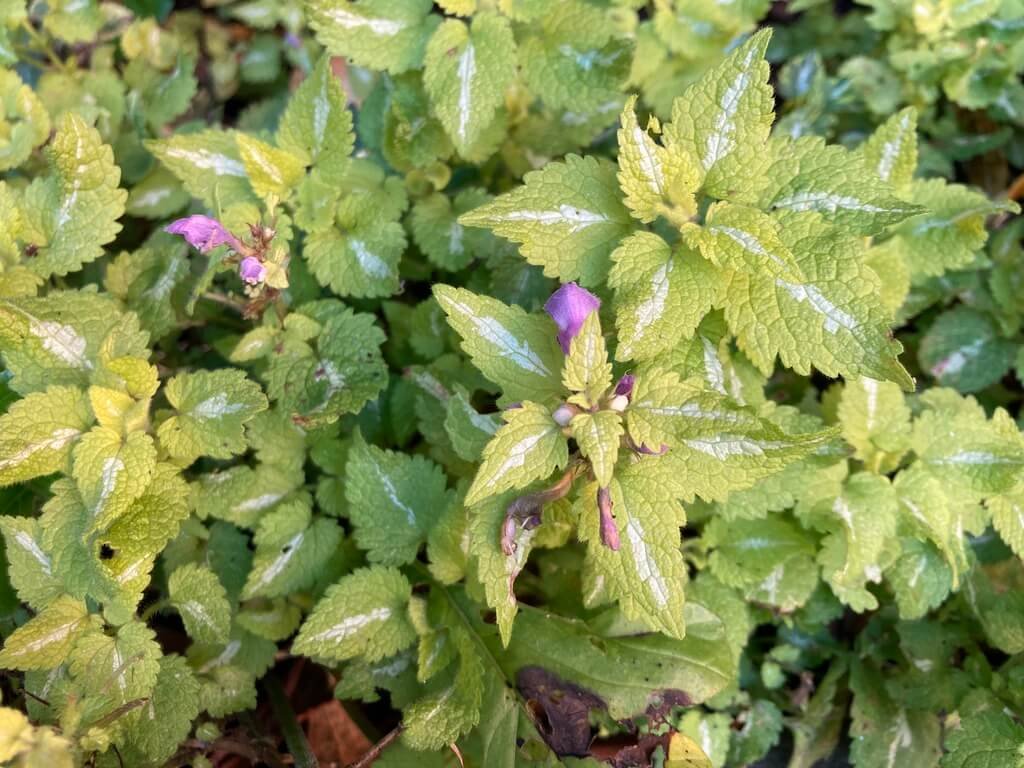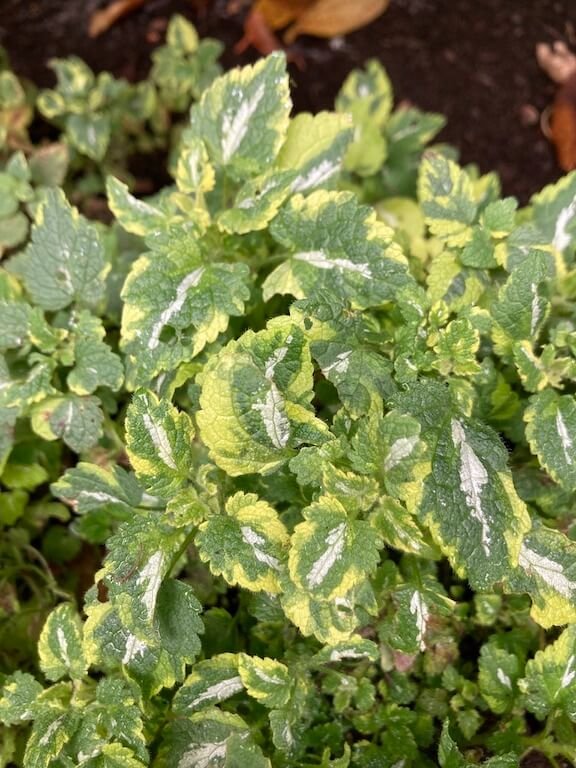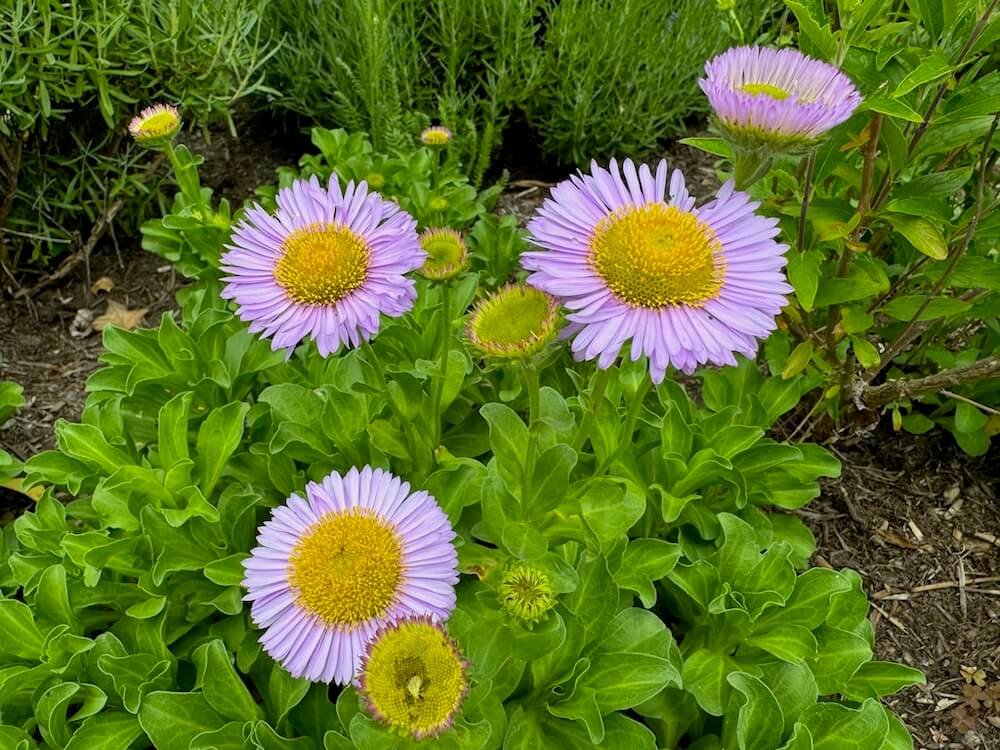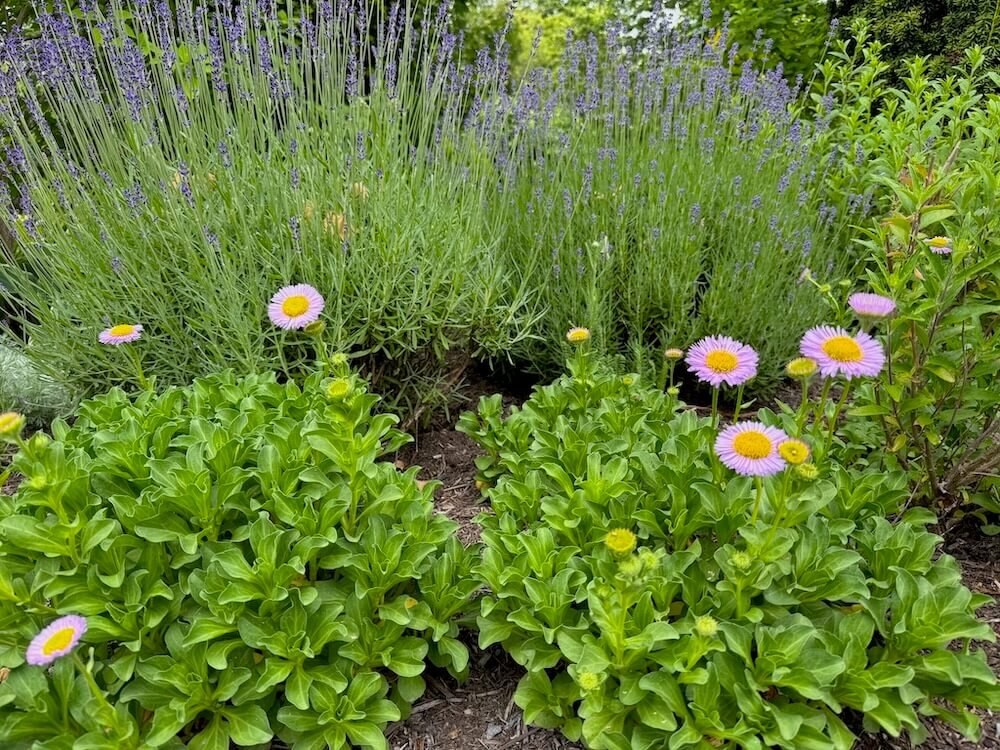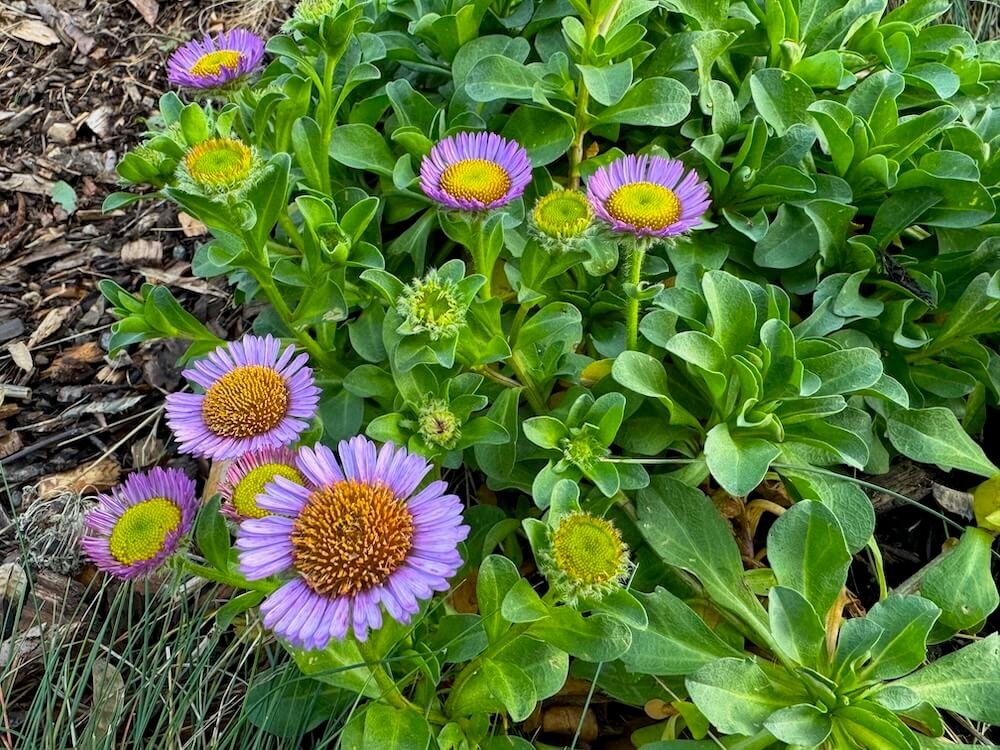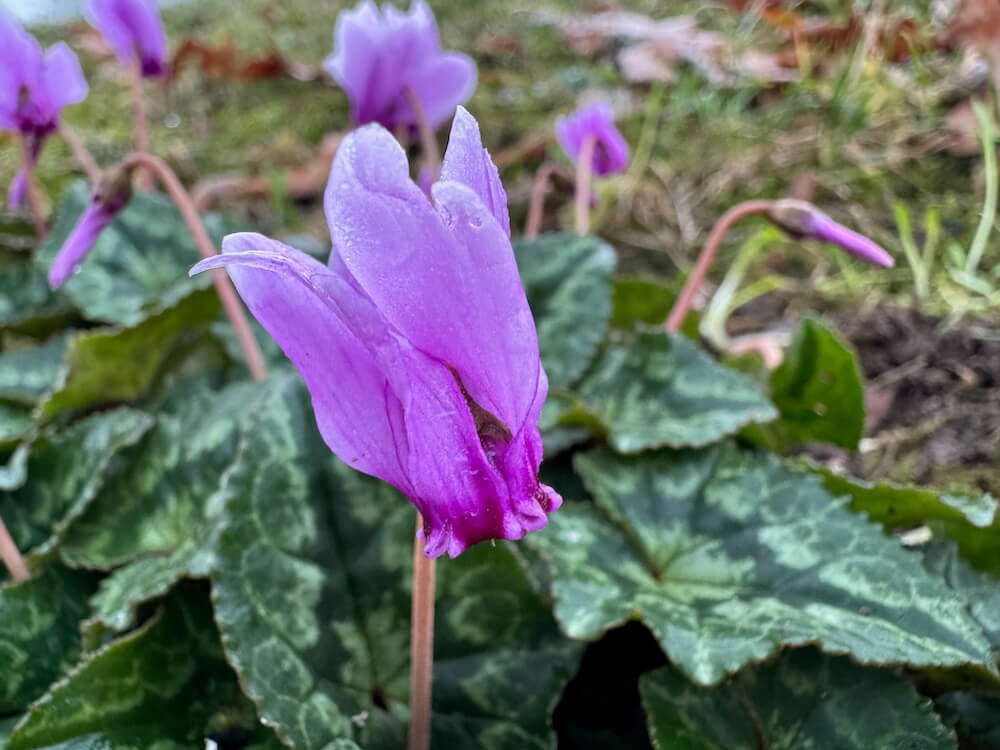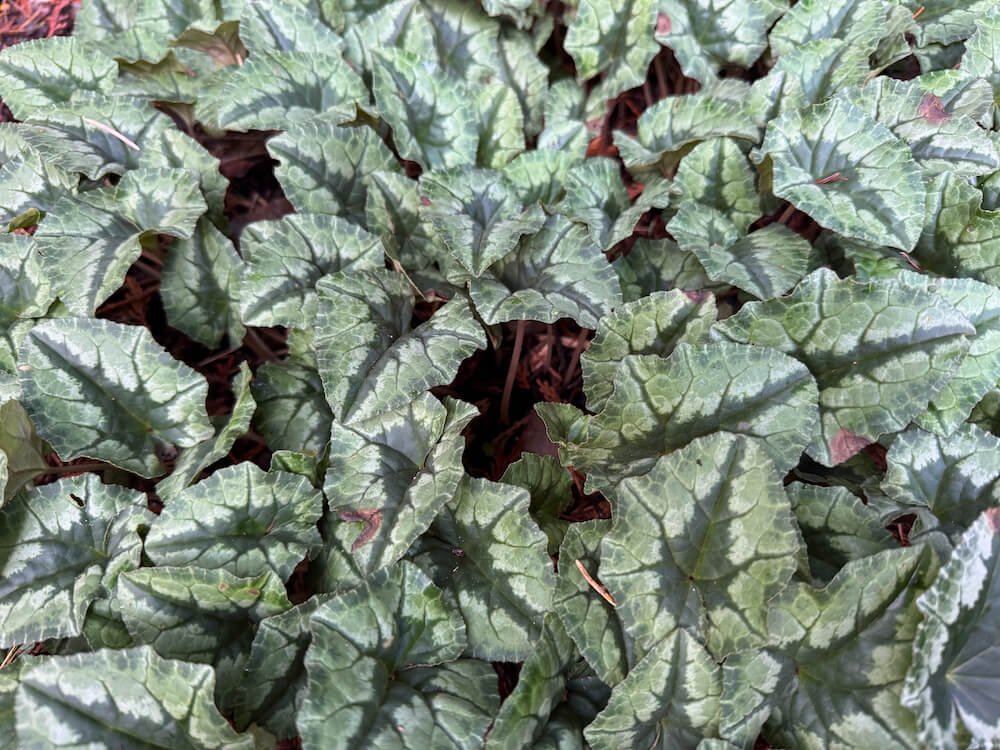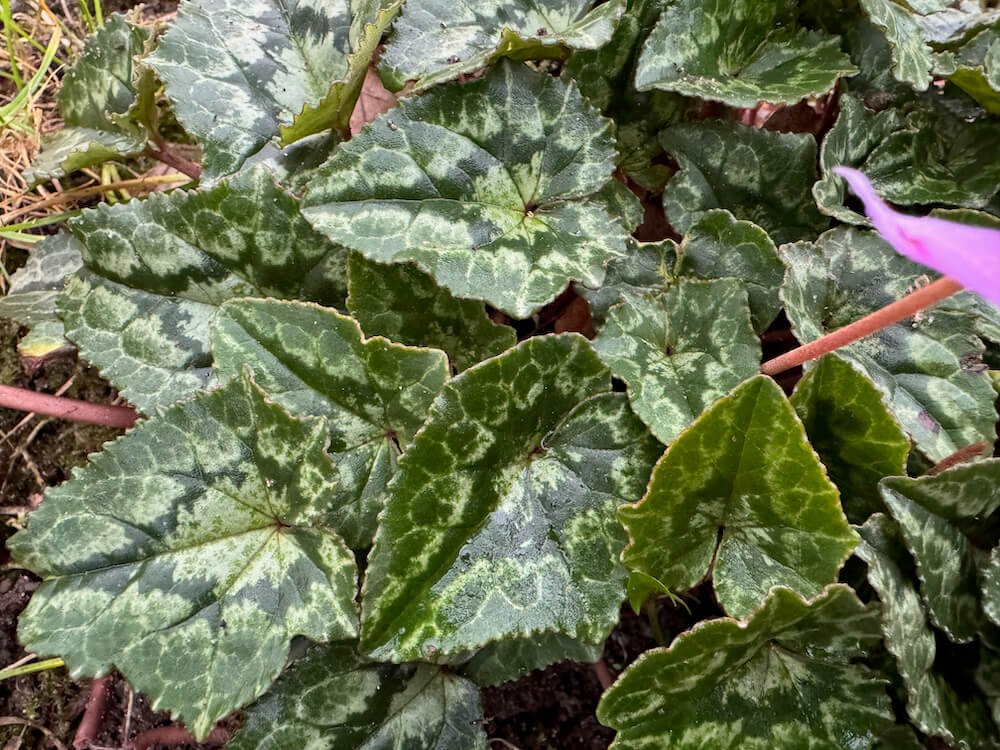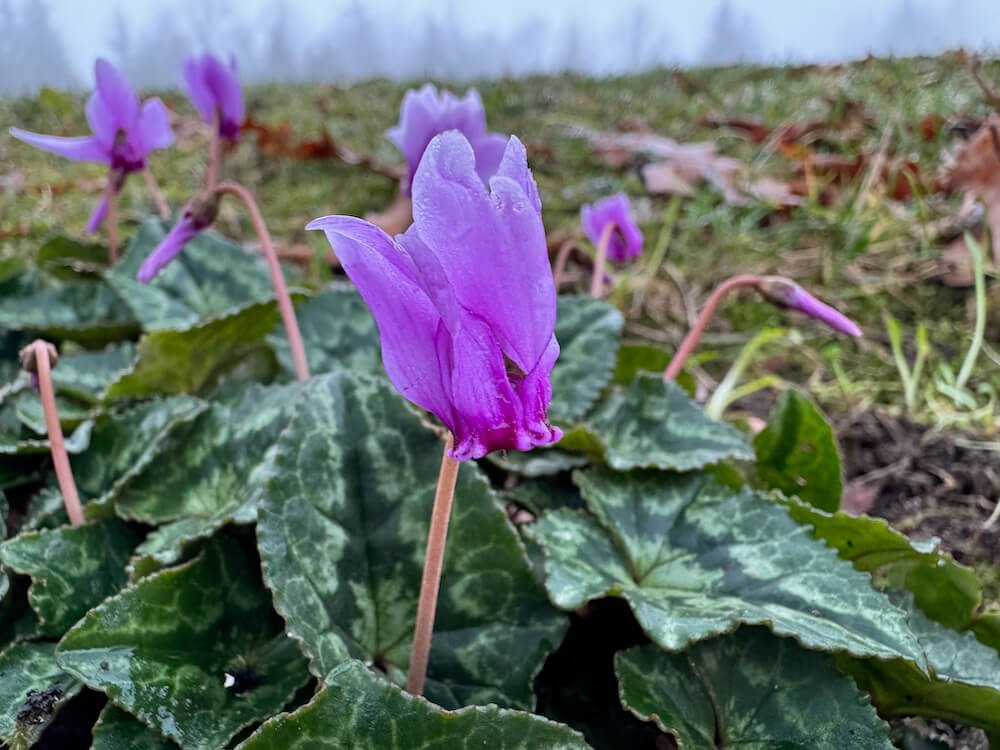DESCRIPTION
Ceanothus gloriosus, commonly known as Point Reyes ceanothus, is a low-growing evergreen shrub admired for its vibrant spring blooms and distinctive foliage. From March to May, it produces dense clusters of vivid blue to lavender flowers that contrast beautifully with its glossy, heavily toothed dark green leaves. The plant’s red stems add another layer of visual interest, providing a striking framework for the foliage and blooms. These features make it a valuable source of nectar for pollinators like bees and butterflies during the flowering season.
Native to California's coastal regions, Ceanothus gloriosus thrives in sandy dunes and rocky slopes, where it has evolved to endure tough conditions. Its dense growth habit and adaptability make it an excellent choice for erosion control and native plant gardens. With its seasonal blossoms, red stems, and textured leaves, this shrub offers a dynamic combination of year-round interest and ecological value in woodland gardens, or container plantings.
DESCRIPTION
Ceanothus gloriosus, commonly known as Point Reyes ceanothus, is a low-growing evergreen shrub admired for its vibrant spring blooms and distinctive foliage. From March to May, it produces dense clusters of vivid blue to lavender flowers that contrast beautifully with its glossy, heavily toothed dark green leaves. The plant’s red stems add another layer of visual interest, providing a striking framework for the foliage and blooms. These features make it a valuable source of nectar for pollinators like bees and butterflies during the flowering season.
Native to California's coastal regions, Ceanothus gloriosus thrives in sandy dunes and rocky slopes, where it has evolved to endure tough conditions. Its dense growth habit and adaptability make it an excellent choice for erosion control and native plant gardens. With its seasonal blossoms, red stems, and textured leaves, this shrub offers a dynamic combination of year-round interest and ecological value in woodland gardens, or container plantings.

